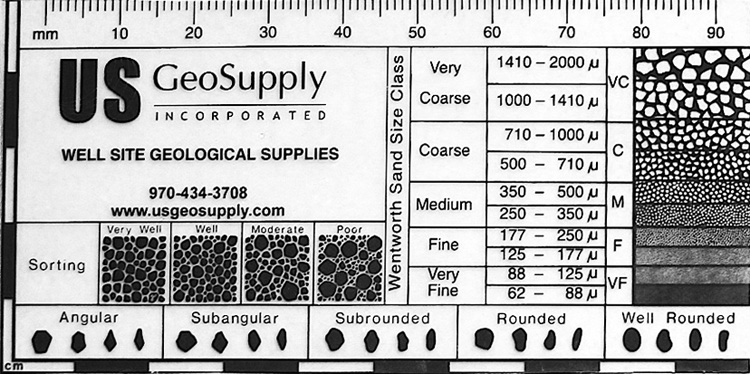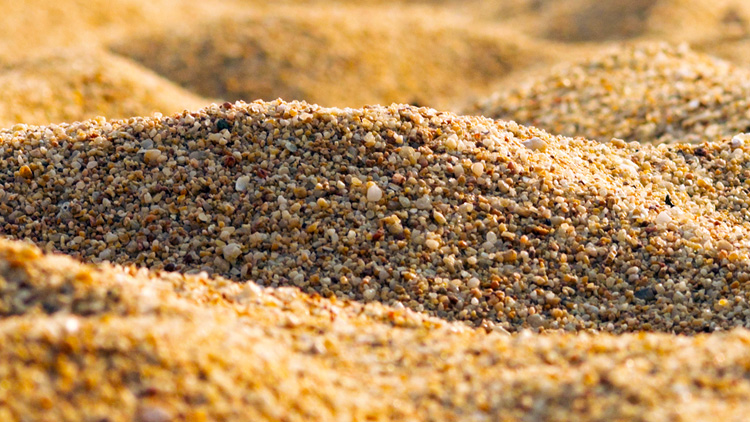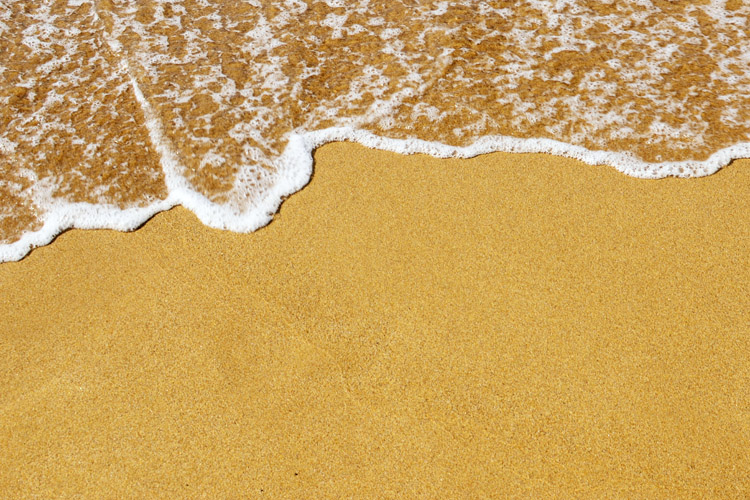What is sand made of? Where does it come from? What's in a handful of sand? Why does a beach have sand?
Sand is an authentic relic. In a way, we could say that a beach is the result of thousands of years of mechanical interaction between the earth, air, water, and, in some cases, even fire.
When you pick up a handful of sand, you'll spot a mix of hundreds of thousands of black, white, translucid, and sparkling grains.
According to mathematicians, a handful of sand contains around 1,000,000 grains of minerals. Impressive, isn't it? But how did it get so tiny, delicate, and uniform?
Sand grains are nothing but finely divided inland and marine rock and mineral particles, as well as bio-organisms.
These particles were subjected to countless hours of erosion and weathering processes before they became nearly indivisible.
From a long distance, a sandy beach may look homogeneous and beige, but if you analyze it closely, you'll spot a mix of substances with different colors and patterns.
Sand can be classified into three main characteristics: size, shape, and source.
The Wentworth Scale
The Wentworth Scale measures grains of sand and identifies the following categories and diameters:
- Boulder: 100-250 mm;
- Gravel: 2-250 mm;
- Sand: 0.0625-2 mm;
- Mud: <0.0005-0.0625 mm;
The bigger the waves breaking on a beach, the more homogeneous the grain size will be. Also, the steeper the beach, the larger the sand grains will be.

When it comes to assessing the shape of sand grains, there are six fundamental types:
- Very Angular
- Angular
- Subangular
- Subrounded
- Rounded
- Well Rounded
Beaches that are extremely exposed to large swells will generate more rounded sand grains. The same happens on flatter beaches and vice-versa.
Finally, from a source perspective, sand grains can be classified into two types:
- Abiogenic Sand
- Biogenic Sand
Abiogenic grains of sand are the result of the weathering of minerals and rocks by waves, wind, and rain.
Mountains in the continental crust are composed predominantly of granite, and the mineral sands formed by the breakdown of granite typically contain quartz, feldspar, mica, and magnetite.

The vast majority of beaches in the United States, Europe, and Oceania are quartz sands.
But beaches may also contain other abiogenic substances like volcanic glass, olivine, magnetic minerals, garnet, basalt, and man-made particles like glass.
On the other hand, biogenic sand is the result of the transformation of organism shells and other living organisms into sand grains.
Shells, coral skeletons, bivalve mollusks, algae, sea urchins, sponge spicules, and barnacles may result in powder-fine grains of sand.
The movement of rocks and minerals up and down a beach, rubbing against each other over thousands of years, results in a precious and smooth cushion we call sand.
Although sand composition varies depending on its origin, the classic pale-cream beach indicates that it is mostly composed of quartz.
Are you a fan of walks on the beach during summer? Learn why sand dunes are so important to the coastal ecosystem.
